
Updated:
Originally Published:
By the early 2000s, Beta’s capabilities weren’t just growing, they were being tested. Projects were getting bigger, timelines tighter, and the technology more complex. The decade brought a new kind of challenge: delivering specialty EPC projects that pushed our teams to think, coordinate, and execute at a whole new level.
We weren’t just building substations anymore. We were building “firsts.”
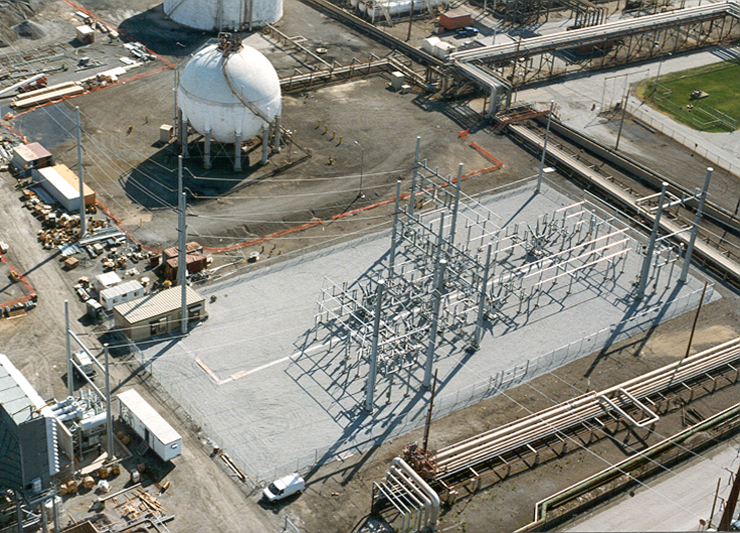
Breaking ground in 2001, the Whiting Cogeneration Substation set the tone for the decade. This high-voltage substation project proved Beta could execute utility projects to exacting standards while meeting the demands of fast-track schedules. That confidence carried straight into the Laredo STATCOM project later that year, where the stakes were different: one of our first ventures into advanced FACTS technology (flexible alternating current transmission systems), and one of the earliest times we used 3D modeling to improve design accuracy and coordination.
“On those projects, the technology was evolving so fast that we were learning while we were building,” said Marvin Veuleman, who served as Beta’s President from 1991 to 2016. “We were competing with some of the biggest companies in the world and winning it with homegrown people right here in central Louisiana.”
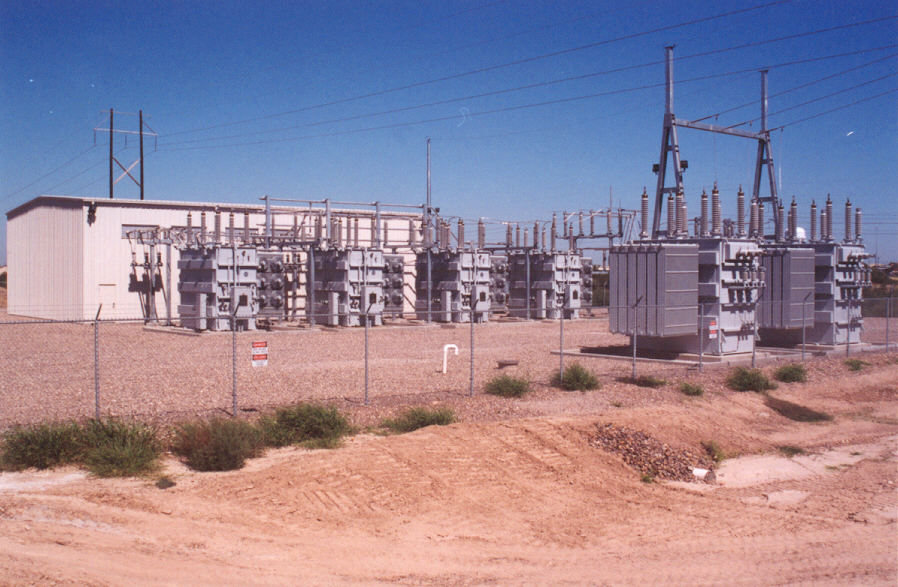
Those early-2000s projects forced our teams to think differently. Sarah Halbert, now Beta’s VP of Business Systems, joined Beta in 2004 as a civil engineer. She recalled, “Every one of these jobs came with something we hadn’t done before. We had to learn fast. The work was more complicated, the schedules were tighter, and we had to figure it out together. The only way it worked was by leaning on each other’s strengths.”
In 2006, the Park GIS project pushed Beta into uncharted territory—Beta’s first gas-insulated switchgear (GIS) substation, and the first underground substation in the U.S. The work demanded new ways of thinking, tighter coordination, and absolute precision. Halbert noted, “On a project like that, you don’t get a second chance. It wasn’t just about doing the work right—it was about anticipating what could go wrong and planning for it before it happened.”
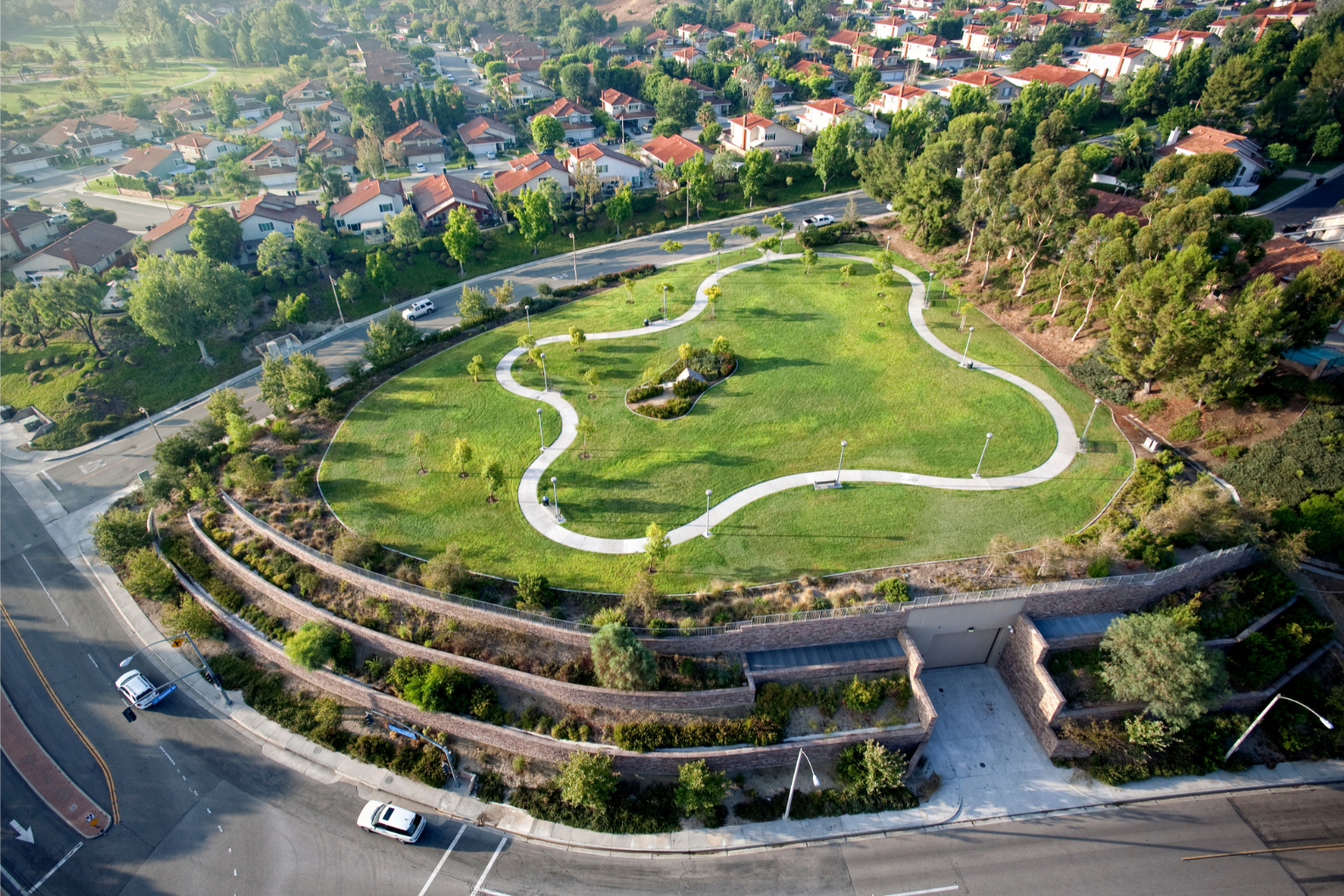
Those lessons paid off in 2009, when Beta took on the Longview Power Project—one of the largest and most complex EPC efforts in our history, built on the foundation of managing high-stakes, first-of-their-kind challenges.
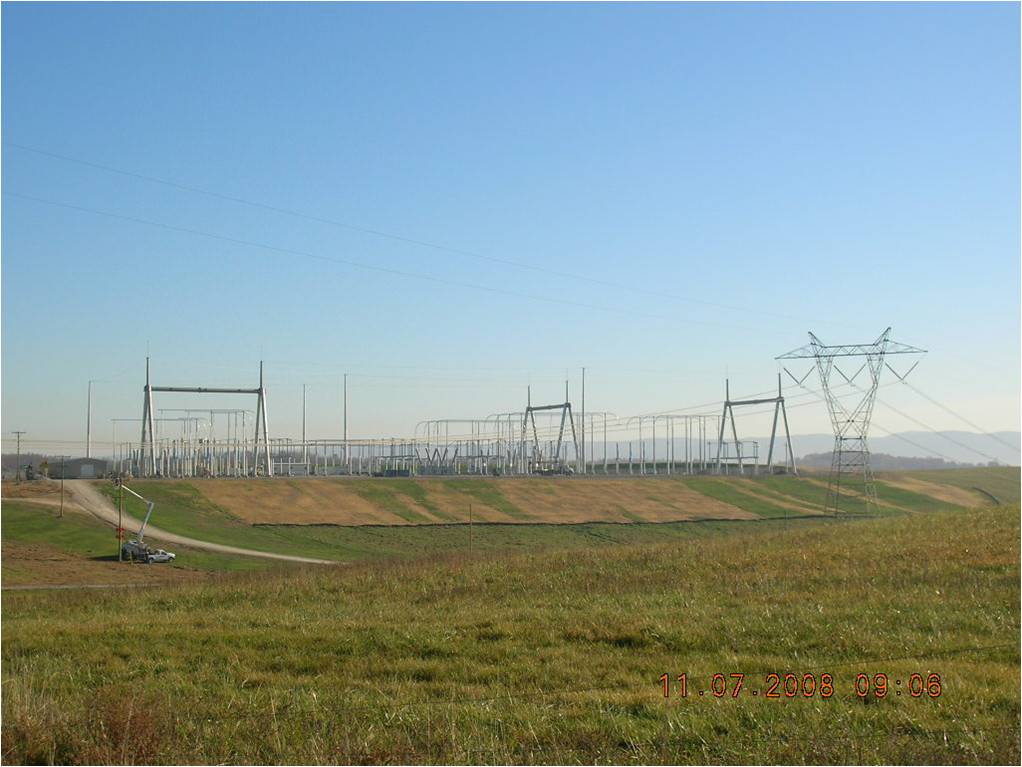
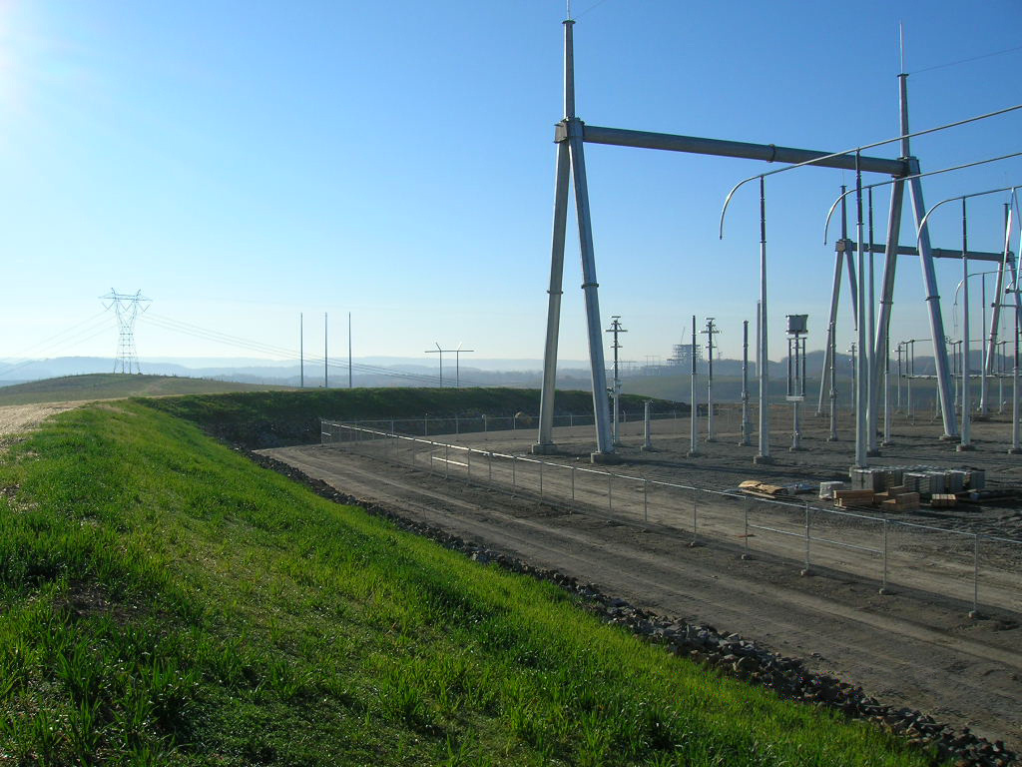
By the end of the decade, California had become more than just a job site. It was a second home. From delivering FACTS technology in Laredo to completing groundbreaking projects like Park GIS, our West Coast work proved we could perform in some of the most demanding markets in the country. In 2009, Beta made it official, opening a second office in San Diego to anchor our growing presence and expand our reach.
Veuleman reflected on the shift: “Being in central Louisiana and having the opportunity to do projects throughout the United States—that’s something special. We took that same approach and built teams that could deliver just as well 1,500 miles away.”
The 2000s were about more than completing projects—they were about proving we could take on the industry’s most complex challenges and deliver, no matter the scope, location, or technology involved. From pioneering new approaches in substation design and construction to establishing a permanent West Coast presence, this decade pushed Beta further than ever before.
Updated:
August 21, 2025
Updated:
Originally Published:
By the early 2000s, Beta’s capabilities weren’t just growing, they were being tested. Projects were getting bigger, timelines tighter, and the technology more complex. The decade brought a new kind of challenge: delivering specialty EPC projects that pushed our teams to think, coordinate, and execute at a whole new level.
We weren’t just building substations anymore. We were building “firsts.”

Breaking ground in 2001, the Whiting Cogeneration Substation set the tone for the decade. This high-voltage substation project proved Beta could execute utility projects to exacting standards while meeting the demands of fast-track schedules. That confidence carried straight into the Laredo STATCOM project later that year, where the stakes were different: one of our first ventures into advanced FACTS technology (flexible alternating current transmission systems), and one of the earliest times we used 3D modeling to improve design accuracy and coordination.
“On those projects, the technology was evolving so fast that we were learning while we were building,” said Marvin Veuleman, who served as Beta’s President from 1991 to 2016. “We were competing with some of the biggest companies in the world and winning it with homegrown people right here in central Louisiana.”

Those early-2000s projects forced our teams to think differently. Sarah Halbert, now Beta’s VP of Business Systems, joined Beta in 2004 as a civil engineer. She recalled, “Every one of these jobs came with something we hadn’t done before. We had to learn fast. The work was more complicated, the schedules were tighter, and we had to figure it out together. The only way it worked was by leaning on each other’s strengths.”
In 2006, the Park GIS project pushed Beta into uncharted territory—Beta’s first gas-insulated switchgear (GIS) substation, and the first underground substation in the U.S. The work demanded new ways of thinking, tighter coordination, and absolute precision. Halbert noted, “On a project like that, you don’t get a second chance. It wasn’t just about doing the work right—it was about anticipating what could go wrong and planning for it before it happened.”

Those lessons paid off in 2009, when Beta took on the Longview Power Project—one of the largest and most complex EPC efforts in our history, built on the foundation of managing high-stakes, first-of-their-kind challenges.


By the end of the decade, California had become more than just a job site. It was a second home. From delivering FACTS technology in Laredo to completing groundbreaking projects like Park GIS, our West Coast work proved we could perform in some of the most demanding markets in the country. In 2009, Beta made it official, opening a second office in San Diego to anchor our growing presence and expand our reach.
Veuleman reflected on the shift: “Being in central Louisiana and having the opportunity to do projects throughout the United States—that’s something special. We took that same approach and built teams that could deliver just as well 1,500 miles away.”
The 2000s were about more than completing projects—they were about proving we could take on the industry’s most complex challenges and deliver, no matter the scope, location, or technology involved. From pioneering new approaches in substation design and construction to establishing a permanent West Coast presence, this decade pushed Beta further than ever before.
Related Services:
